On July 9, 2022, five men set out on a journey to reconnect to the land, themselves and a tradition nearly lost to living memory.
The goal was to hike to Bute Inlet from the community of Xeni Gwet’in in Nemiah Valley, a trip which requires going through heavy forests, up one side of the Coast Mountain Range, across the Homathko Icefield and then down through dense rainforest and unseasonably high coastal waterways. The arduous journey of 75 kilometres was called the Men’s Wellness Bute Inlet Trip and four of the men would make the full voyage.
Historically, some families from Xeni Gwet’in would make the expedition over the mountains to trade with coastal First Nations to obtain trade goods they otherwise had little access to and to enjoy the plenty the coast could offer in terms of readily available food sources and gentler winters.
The Bulyan family is one of the families which would traditionally have made the trip, including the late Jimmy Bulyan, whom Chief Jimmy Lulua is named after.
But only one person who had made the historic trek was alive prior to this year’s expedition.
William Lulua is an elder in the community who went over the mountains as a young man. Now in his 90s and in poor health, he held the only living link to the tradition.
Chief Jimmy Lulua did not want to see the connection to this way of life lost to future generations.
He explained how the trip was a way to revive the historic tradition and to also look at men’s role in the community and rights of passage.
“It felt like the time was right,” he said.
With the Tsilhqot’in title and rights win in the Supreme Court of Canada in 2014 granting a declaration of Indigenous title to more than 1,700 square kilometres in the territory, the trip would revisit the area where the Chilcotin War took place, something which also held some weight for the young chief, still in his thirties.
“Back in 1864, warriors going to war, fighting for what we have here today, what we’re sitting on – our title, our rights,” he said, explaining the deep meaning he felt in the connection from those who fought to protect the territory in 1864 to elders who fought in the courts for years to regain title and rights for today’s Xeni Gwet’in people in what he called a “modern war.”
“It was pretty interesting for me as a leader, being a young leader, being able to hike back and reconnect that whole circle.”
Chief Jimmy also wanted the elders alive today to be able to see the tradition upheld.
The group on the hike included three community members willing to undertake the commitment in training, physical demands and time: Chief Jimmy Lulua himself, Nelson William and Bruce Lulua. They were joined by two non-Indigenous hikers: Brian Finnie and Michael Mylonas.
Finnie is a retired mountain guide who has a place in the Nemiah Valley, and Mylonas moved to the valley from Toronto with his wife, who works for Xeni Gwet’in. Finnie provided the technical expertise for the group and Mylonas helped project manage the trip, finding funding, sponsorships and dealing with much of the logistics.
Undertaking a remote trip of this kind with four of the hikers being inexperienced in technical mountain travel required a lot of preparation.
As Mylonas planned the “culturally and historically important” trip, he said it wasn’t hard to see they were trying to do something special.
“It just kept getting bigger and bigger.”
Finnie, as the experienced mountaineer of the group, organized the training the hikers undertook, including a few days of glacier training to prepare for crossing the icefields.
A high snow pack for May meant conditions were tough, but Finnie said those hard training days were “just a taste” of what the mountains had in store for them.
But “all the way along, things just kept falling into place,” Finnie said of the trip preparation.
They were also supported by White Saddle Air’s Mike King, who has flown the country for his entire life and could provide advice for the group of mostly fledgling mountaineers, and also used his helicopter to provide food drops along the way.
“I never did really go hiking at all,” confessed Chief Jimmy, who has spent time in the bush hunting but said the biggest difference is carrying so much gear.
Members of the group shouldered packs weighing as much as 60 pounds during the trip in order to be prepared for anything the mountains might throw at them.
They carried ice axes and ropes, harnesses and crampons, and were well-equipped with the latest gear and high-tech clothing thanks to a sponsorship by the outdoor clothing and equipment company Arc’teryx.
Arc’teryx also hired a film maker to document the journey, but Chief Jimmy said the group chose not to allow the film crew to accompany them through the mountains so they could allow the group to connect with each other and the land and to maintain the spiritual integrity of what they were doing and face those challenges alone.
The hikers climbed through dense bush with no trail, scattered with deadfall.
They faced whiteouts and freezing rain, hot weather and wind, with some terrain so tough they only made it three kilometres on a day they were hiking for 12 hours.
They navigated around cliff bands and across creeks turned to rivers with late snow melt.
“Some days we couldn’t even see five feet in front of us,” recalled Chief Jimmy of sections of the icefield. One day the group stayed in their tents to shelter from a storm pelting them with rain and snow.
Finnie, who has spent years doing mountain trips, told the crowd gathered at the celebratory dinner afterwards the trip was much harder than he had anticipated.
“There were times when we had to dig deep to get through.”
Team member Bruce Lulua decided he could not keep up and didn’t want to hold the rest of the team back.
“They were going to practically pull me the rest of the way if I kept going,” he said, tipping his hat to the hikers who completed the journey.
Bruce backed out because of his own health and the group was clearly grateful for his attempt and contribution to the team. Bruce suffers from Crohn’s disease and had done a lot of preparation and consulting with his doctor before attempting the trip but ultimately found it too much. He was able to go out with one of the helicopter drops.
“He was pretty committed and tried his hardest before he threw in the towel,” explained Chief Jimmy.
“We pretty much got our asses kicked right up until the very end,” Finnie admitted.
Throughout the challenges, the group worked well together, with each person doing what was needed to pull one another through.
Mylonas recounted a time when he was feeling shaken after sliding down a steep face, stopped only by a log and was trying to follow Finnie, who was doing what he described as weird maneuvers to get around a rock and Mylonas found himself uncertain how to proceed.
All of a sudden Nelson William popped around the corner, reached out and grabbed his hand and told Mylonas: “Don’t worry, I won’t let you go.”
It was a big moment for Mylonas, knowing the team had one another’s backs under extreme circumstances.
Chief Jimmy described the team dynamic as “close to perfect.”
He even celebrated a birthday on the journey with some dehydrated strawberry shortcake.
The feelings of connection even went beyond the group.
Finnie said he was deeply honoured to be part of a living tradition and with the physical and mental challenges they faced they had to pull from deep inside themselves.
“I felt the spirit of the ancestors out there.”
Chief Jimmy thought along the way about the ancestors whose footsteps they were following in and why and how those ancestors would have done the trip, he wondered how many chiefs before him may have completed the journey.
The challenges did not ease up as the group neared the end of the journey, heading into the Homathko was reportedly the most challenging section, descending into heavy coastal forest, steep drops down to swollen rivers with the last crossing nearly washing them away.
But as the group arrived in the camp, wet and tired after struggling to make the final kilometres, elders from their own community were waiting to greet them.
They had been waiting all day.
The hikers said the significance of the hike to the community was clear when they walked in.
“Some of them were really emotional, it meant a lot to them to see it happen,” Chief Jimmy recalled of their arrival in the Homathko camp.
“It was a good feeling, everybody just seemed happy to be there, it was a really peaceful kind of feeling,” recollected Mylonas.
Plan your adventures throughout the West Coast at westcoasttraveller.com and follow us on Facebook and Instagram @thewestcoasttraveller. And for the top West Coast Travel stories of the week delivered right to your inbox, sign up for our weekly Armchair Traveller newsletter!

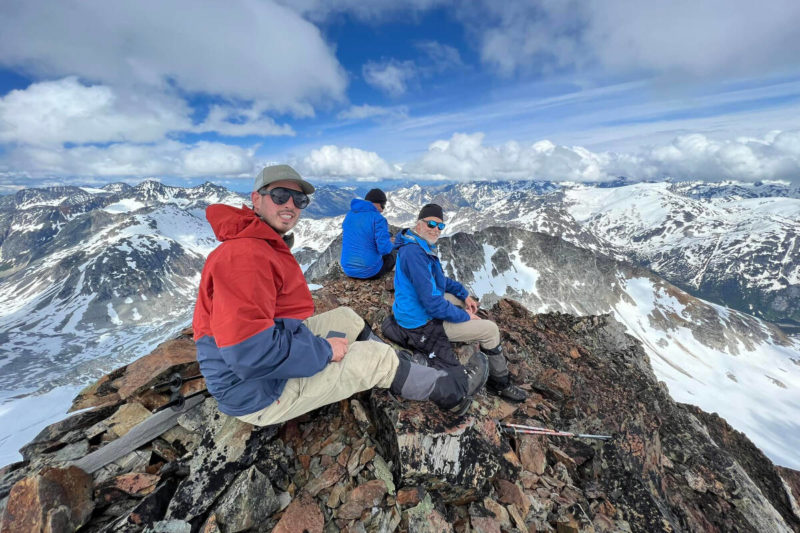
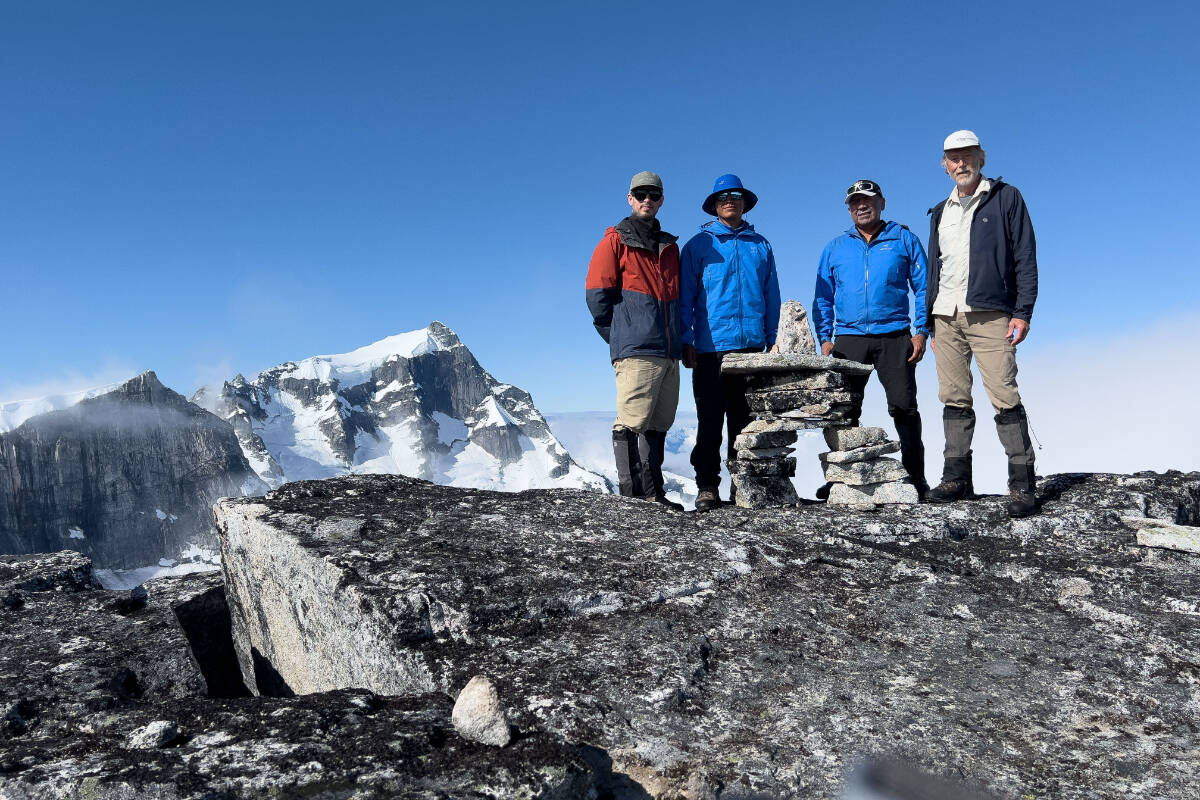
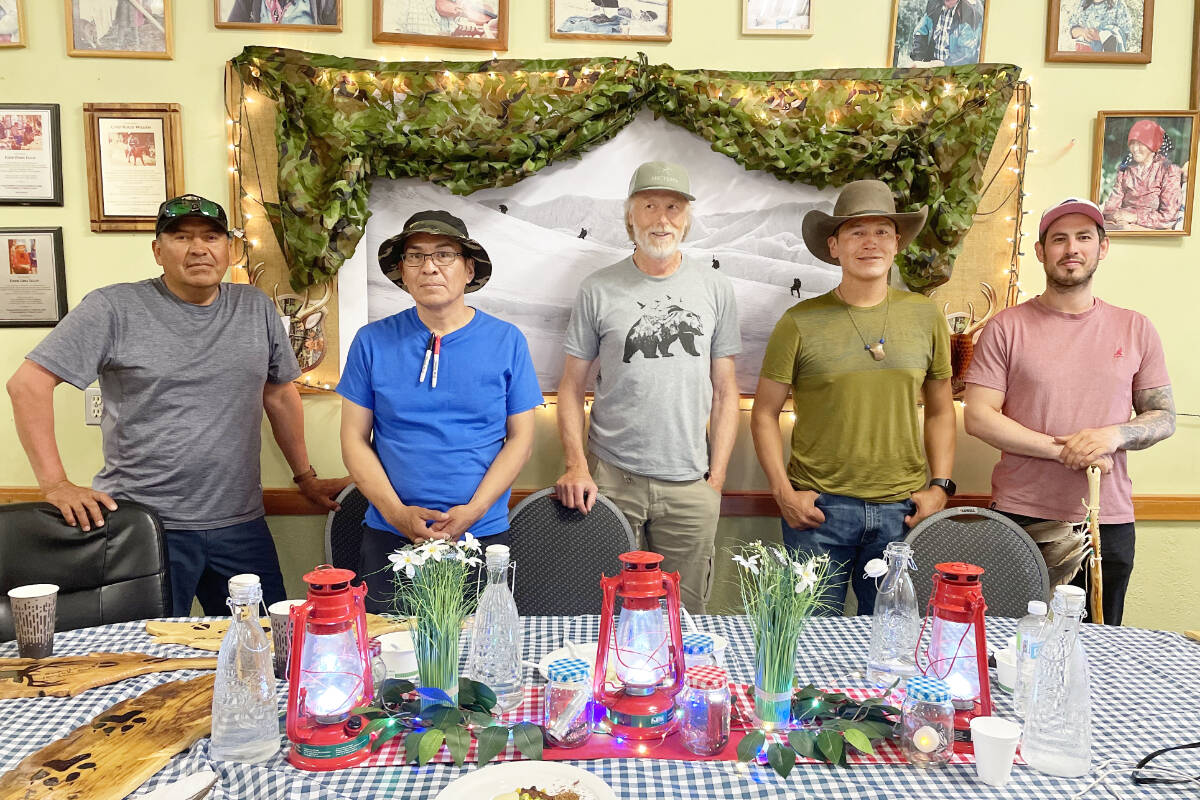
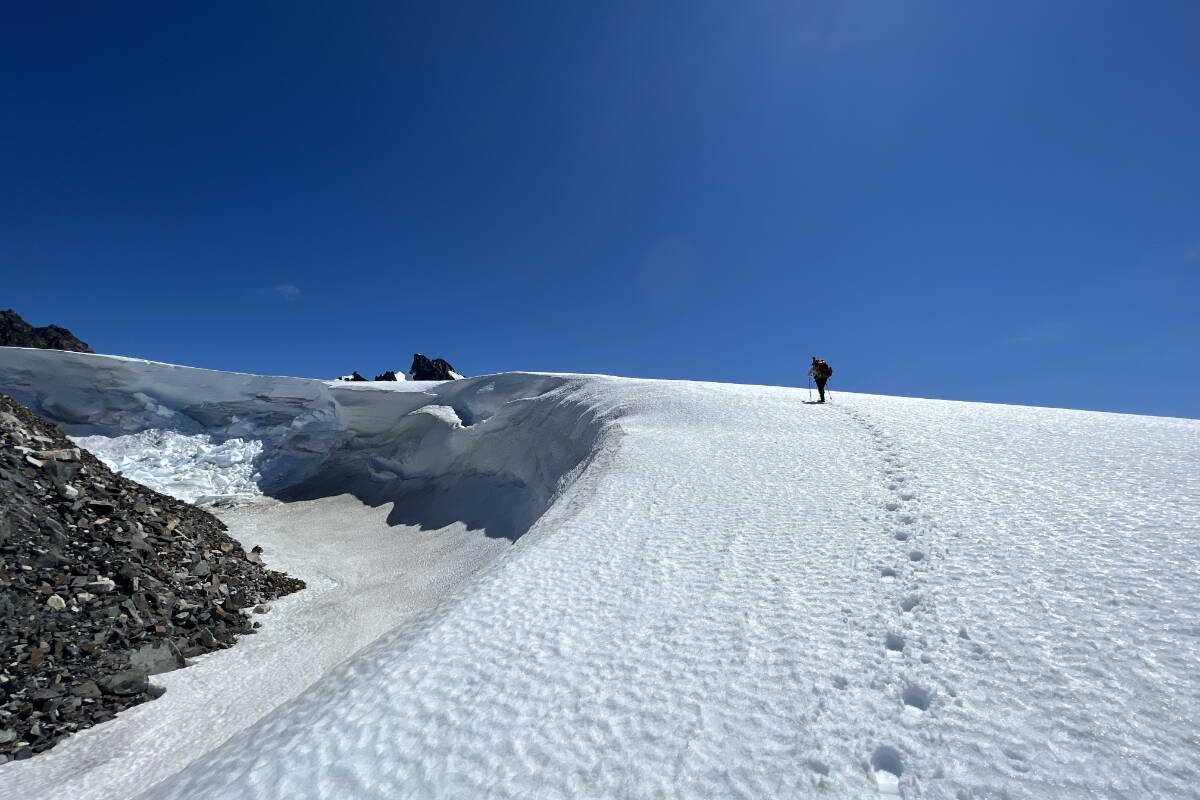
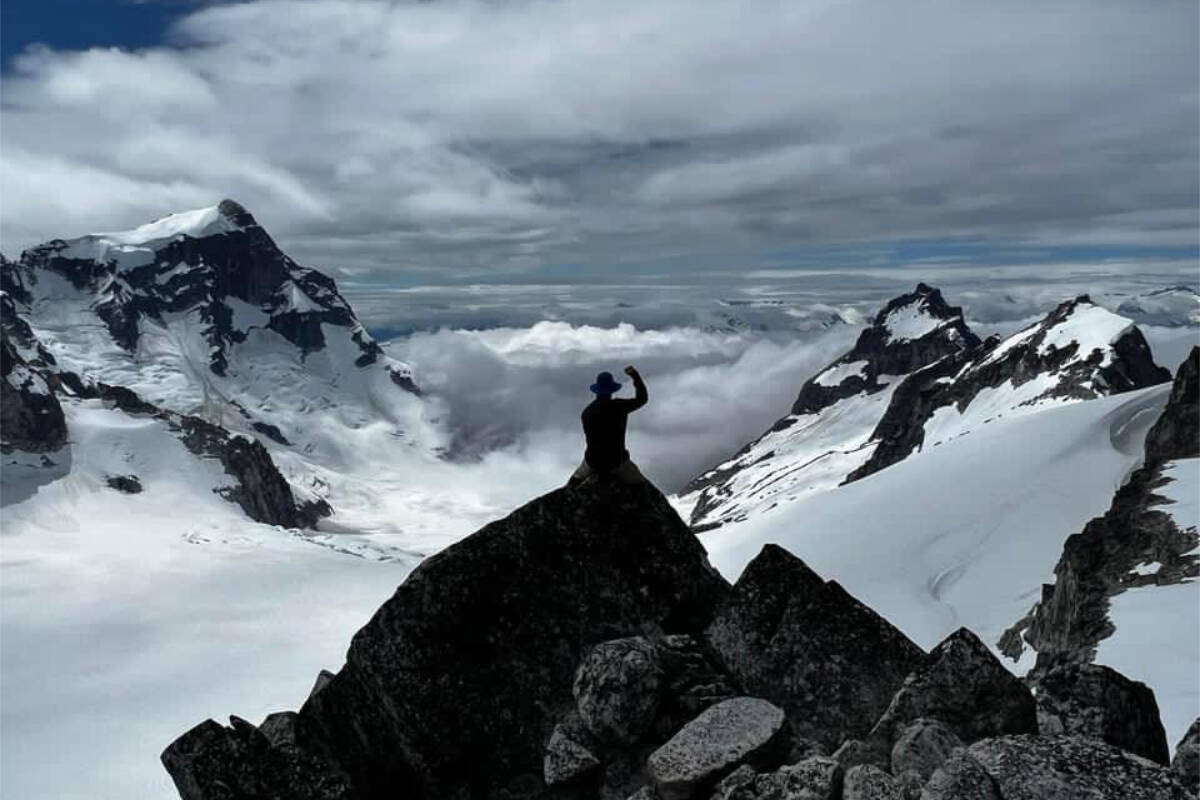








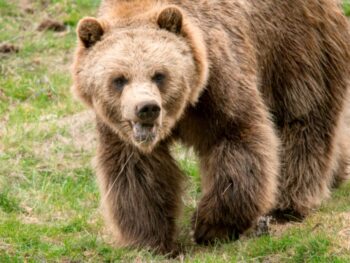
 VIDEO: Vancouver Island photographer captures bears hunting spawning salmon
VIDEO: Vancouver Island photographer captures bears hunting spawning salmon